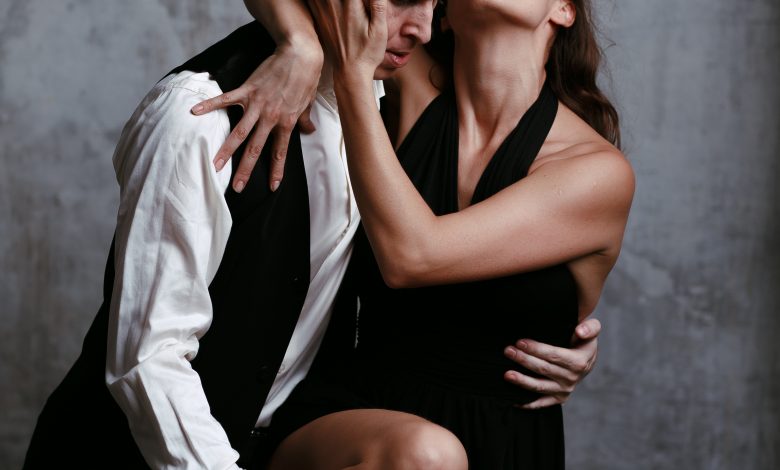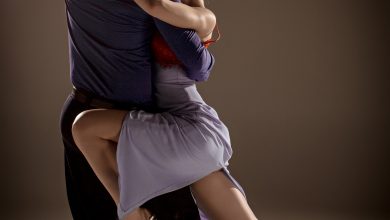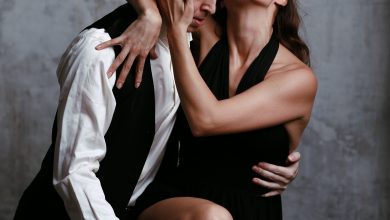An Overview of Argentine Tango Dance Technique and Style

The Argentine Tango dance includes of a variety of styles that developed in different areas and time period, in response to how crowded a dance venue as well as the fashion of clothing. The present forms of tango developed in Argentina and Uruguay, however they were also influenced by Europe and North America. There are even records of 18th and early 19th century tango styles in Cuba and Spain, while there is a flamenco tango dance that may be a common ancestor. And new tango fusions continue to develop.
Argentine Tango is danced by a couple who share an embrace. The embrace can vary from extremely open, in which leader and follower connect at arm’s length, to very closed, in which the connection is chest-to-chest, and anywhere in between.
The Argentine Tango dance at its essence is walking with a partner to the beat of the music. Dancing the tango to the emotion, beat and speed of the tango music is extremely important to dancing tango. A good leader is one who communicates the feeling of the music to the follower, leading them throughout the dance. Tango dancers also generally keep their feet very close to the floor as they walk, the ankles and knees brushing as one leg passes the other.
Improvisation is an important part of the Argentine tango. Certain tango patterns have been codified by instructors over the years as a way to teach dancers. For example, there is a “basic step” called “basico”. There are a few constants of Argentine tango dance styles: the follower will usually be led to alternate feet; the follower rarely has his or her weight on both feet at the same time.
Argentine tango is danced counterclockwise around the outside of the dance floor. This is called the “line of dance”. On a crowded dance floor, the dance “traffic” often segregates into several “lanes”. Cutting across the middle of the floor is not acceptable. The middle of the floor is for either beginners who lack floor navigation skills or couples who are performing “showy” figures or patterns that take up more dance floor space. It is absolutely acceptable to stop briefly in the line of dance to perform stationary figures, so long as other dancers are not impeded for too long. As a guide, if there is open space in front, there are likely people waiting behind. Dancers are expected to respect the other couples on the dance floor; colliding with or crowding another couple, or stepping on others’ feet is to be avoided entirely. It is rude, it risks in physical pain, and it disrupt another couple’s musicality.
Argentine tango has been an evolving dance with changes occurring gradually over the years. Argentine tango dance heavily dependent on improvisation. While there are patterns or sequences of steps that are used to teach the dance, even in a sequence every movement is led based upon the music. A step can be smooth, pulsing, sharp, etc.).




